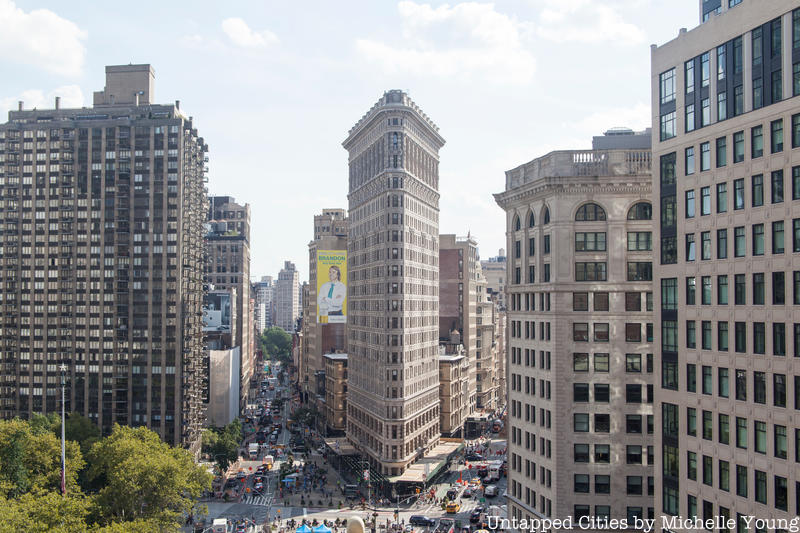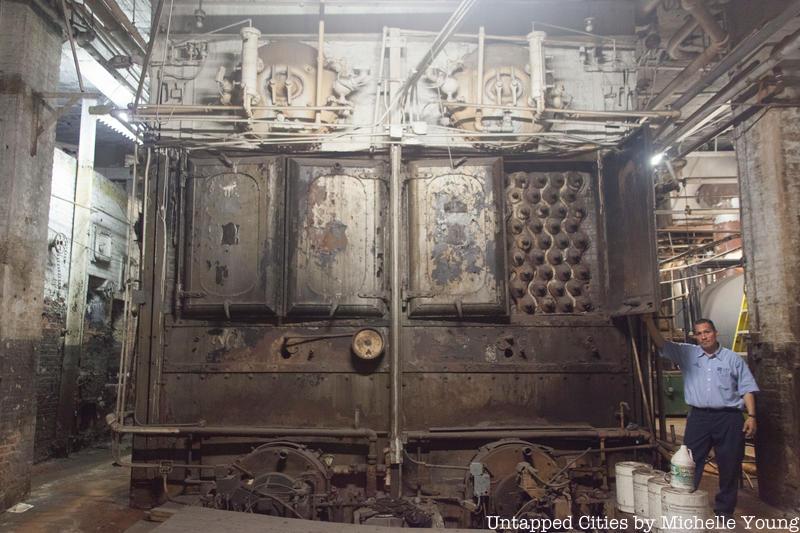
The Flatiron District in Manhattan is perhaps most famous for containing the Flatiron Building, one of the city’s most recognizable landmarks. Madison Square Park to the north of the district is a popular gathering spot for locals and tourists alike, providing views of the skyscrapers surrounding the green space. Though, the Flatiron District has quite a historic past, from containing two previous Madison Square Gardens to serving as a space for some of New York’s wealthiest and most creative women designers. A destination for cultural icons including George Gershwin, the Flatiron District was home to many art and music sites, as well as some interesting architectural projects. Here are the top 10 secrets of the Flatiron District!
1. There is an abandoned power plant below the Flatiron Building

Three levels below the Flatiron Building sit three massive original 1903 coal-fed boilers that are still in place next to a far smaller more modern boiler. These boilers are the remnants of a dream from the early 20th century to make New York’s burgeoning skyscrapers self-sufficient. Though this super basement is not open to the public, Untapped New York was invited below this historic landmark to understand the original source of its power: a coal-powered power plant.
Though it no longer exists, there used to be an elevator that would transport the coal necessary to fuel the boilers down from street level. Today, a shaft remains that provides a view of the sidewalk and sky, stories above the power center. On a basement level just above the boilers sit the remnants of the water system that once supported the hydraulic elevator system. Not as efficient as the boilers, the water system occasionally flooded and often caused the elevator to move slowly — “If you jumped on in the lobby and went to the 20th floor, it could take you ten minutes,” Sonny Atis, the long-time superintendent of the landmarked building, told Untapped New York. Though the Flatiron Building recently installed central air and heating and new elevators, the remnants of its coal-powered past are important to retain in the building’s history.





